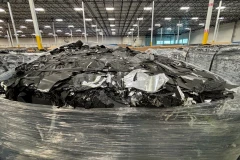
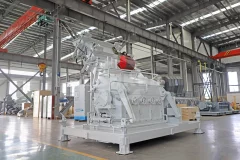
Lithium-ion battery cathodes are vital to the performance of modern energy storage systems. They are typically composed of high-value materials such as lithium cobalt oxide (LiCoO₂), nickel-cobalt-manganese (NCM), or lithium iron phosphate (LiFePO₄), coated onto aluminum foil current collectors using polyvinylidene fluoride (PVDF) binders and conductive additives. These materials enable high energy density and thermal stability, but also contain critical, scarce metals like cobalt, nickel, and lithium—making their recovery both environmentally responsible and economically attractive.Recycling just one ton of spent lithium-ion batteries can recover approximately 150 kg of cobalt and 100 kg of lithium, reducing carbon emissions by more than 50% compared to extracting virgin resources. As demand for electric vehicles and energy storage systems accelerates, efficient and scalable cathode recycling has become a strategic priority for achieving a circular battery economy.Recycling Process for Battery Cathodes1.
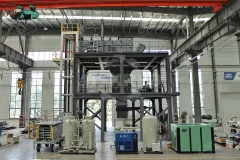
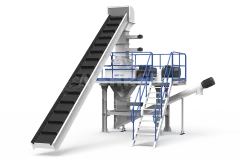
Lithium batteries, as an important means of modern energy storage, have been widely used in fields such as electric vehicles and consumer electronics. With the upgrading and end of service life of lithium batteries, a large number of waste lithium batteries need to be processed and recycled. As a key link in the recycling process, optimizing the performance of the lithium battery crushing system is of great significance for improving recycling efficiency, reducing costs, and minimizing environmental impact.The current situation and challenges of lithium battery crushing systemEquipment wear and energy consumption issuesSecurity risksResource recycling efficiencyOptimization strategyEquipment innovation and upgradingProcess optimizationSafety protection measuresIntelligent controlGEP ECOTECH Battery Crushing SystemThe process of Jiepu helping a leading domestic lithium battery recycling enterprise achieve perfect results in the practical application of lithium battery crushing systems is not achieved
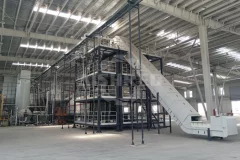
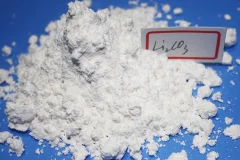
With the advancement of technologies such as electric vehicles and battery energy storage, the lithium-ion battery market is experiencing rapid growth. Given the increasing demand for cobalt and lithium in the production of these batteries, their prices are rising. Recycling materials from retired batteries is more environmentally friendly and cost-effective than mining them from natural resources. Lithium Carbonate: a Recycled Product from Lthium-ion BatteriesThe Necessity of Shredding Lithium-Ion BatteriesAlthough the methods for recycling lithium-ion batteries vary, pre-shredding the batteries is a crucial step. Shredding facilitates the separation of different battery components, such as the casing, anode, and cathode materials, thereby simplifying further processing.Challenges of Traditional Shredding SystemsHowever, most lithium-ion batteries pose a significant safety risk during the shredding process as the anode and cathode materials can discharge upon contact, leading to high temperatures and
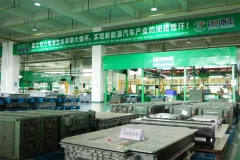
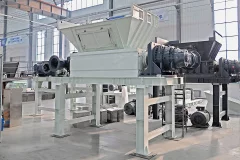
Lithium Ion Battery Shredding Machine
2024-01-20Lithium-ion batteries have become an integral part of modern life, powering everything from smartphones and laptops to electric vehicles and renewable energy storage systems. However, as these batteries reach the end of their lifespan or become damaged, responsible disposal and recycling become paramount to prevent environmental harm and recover valuable resources.The Importance of Lithium-Ion Battery RecyclingLithium-ion batteries are known for their high energy density and long lifespan. Still, like all batteries, they eventually degrade and need replacement. Improper disposal of these batteries can lead to environmental pollution, as they contain toxic materials such as lithium, cobalt, and nickel. Recycling lithium-ion batteries is not only environmentally responsible but also economically viable due to the valuable materials they contain.The Lithium-Ion Battery Recycling ProcessCollection and Sorting: Used lithium-ion batteries are collected from various sources, including electronic waste recycling
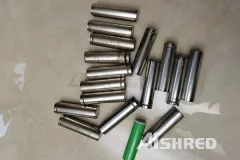
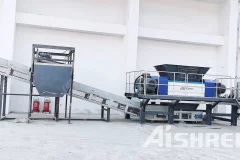
As the demand for portable electronic devices and renewable energy sources increases, so does the usage of batteries, particularly lithium-ion batteries. However, the proper disposal and recycling of batteries pose significant environmental and safety challenges. The integration of a battery crushing system with a double shaft crusher offers an innovative and efficient solution for the recycling and resource recovery of batteries. In this article, we will delve into the features, benefits, and applications of a battery crushing system with a double shaft crusher.Types of Battery Crushing System with Double Shaft CrusherLine-typeThe line-type battery crushing system usually consists of a feeding device, a twin-shaft crusher, and a discharging device. The production line is simple, the operation is convenient, the investment is relatively low, and it is suitable for the crushing of discharged batteries. Tower-typeThe tower-type battery crushing system is generally composed of hoist, conveying equipment, double
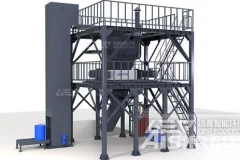
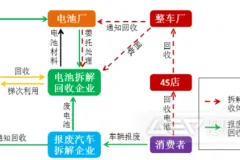
With the support of the state for new energy vehicles and the widespread concern of society, the sales of new energy vehicles are increasing year by year, and recently due to the international situation, the price of oil has increased significantly, the attention of new energy vehicles has increased a lot, and for new energy vehicles, the most important part is the battery, the current new energy vehicle battery on the market is basically a ternary battery or lithium iron phosphate batteries. Of course there will be other batteries, but the ternary batteries and lithium iron phosphate batteries together account for more than 90%, and for these two batteries, which contain nickel, cobalt, lithium and other metals, the current increase in demand for batteries, the supply of raw materials is tight, so the recycling of new energy vehicle batteries has become the focus of attention of major enterprises. The batteries of new energy vehicles are composed of pole pieces and other auxiliary materials, of which the



